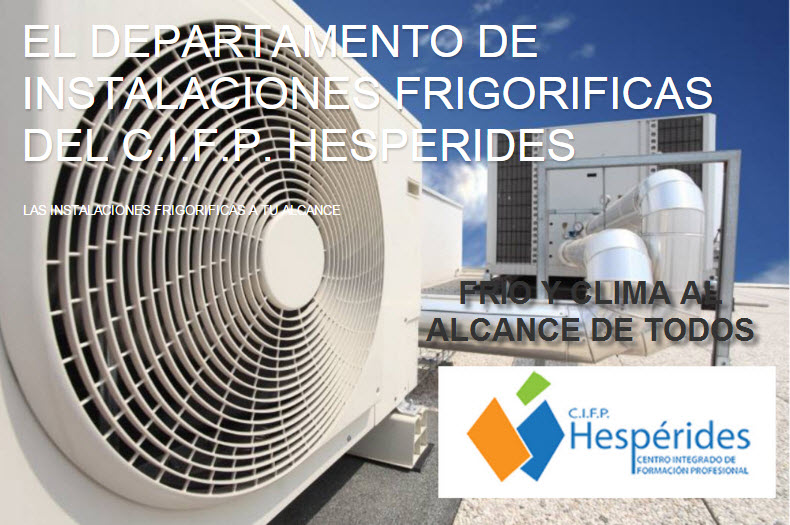-
• Very good heat transfer coefficient
• Relatively insensitive to pressure losses
• Very low viscosity
In practical applications, the CO2 systems deliver very high performance, the main reasons being better heat exchange, very low pumping power when CO2 is used as a secondary fluid, and in cold climate the possibility of operating with a very low condensing pressure in the winter.
The efficiency of systems with CO2 depends more on the application and the climate than with other refrigerants. For all refrigerants there is a decline in system efficiency with increasing condensing temperatures, and CO2 is among the refrigerants with the steepest drop. The good thermo-physical properties of CO2 can compensate to some extent, but there is a limit.
CO2 has high energy content at higher temperatures, and when this heat can be reclaimed for heating sanitary water or similar application, the efficiency of the total system becomes very high.
-
-
Environmental Impact
From an environmental perspective, CO2 is a very attractive refrigerant with zero ODP and a GWP of 1. It is a naturally occurring substance and abundant in the atmosphere.
-
Pressure and Temperature
CO2 is a high-pressure refrigerant where high operating pressures are required for efficient operation. During standstill, the ambient temperature can reach and exceed the critical temperature and the pressure can exceed the critical pressure. Hence systems are typically designed to withstand pressures up to 90 bar, or sometimes even equipped with a small standstill condensing unit to keep pressures low.
At the same time, CO2 has a low compression pressure ratio (20 to 50% less than HFCs and ammonia), which improves volumetric efficiency. With evaporation temperatures in the range of -55 ºC to 0 ºC, the volumetric performance of CO2 is for example four to twelve times better than that of ammonia, which allows compressors with smaller swept volumes to be used.
The triple point and critical point of CO2 are very close to the working range. The critical point may be reached during normal system operation. During system service, the triple point may be reached, as indicated by the formation of dry ice when liquid containing parts of the systems are exposed to atmospheric pressure. Special procedures are necessary to prevent the formation of dry ice during service venting.
-
Material Interaction
CO2 does not react with common metals or with Teflon®, PEEK, or neoprene components. However, it diffuses into elastomers and can cause swelling with butyl rubber (IIR), nitrile rubber (NBR), and ethylene-propylene materials (EPDM).
The density of liquid CO2 is about 1.5 times that of ammonia, resulting in higher mass charge in evaporators, such as large plate chillers in large industrial systems. Higher density means higher oil circulation as well, which in turn requires effective oil separators for industrial systems.
-
Cost Efficiency
CO2 is a by-product in a number of industries, so the price of CO2 is low. However, CO2 systems tend to be more expensive than traditional systems due to higher pressures (in transcritical systems) or increased complexity (in both transcritical and subcritical systems). Complexity of systems seems to be decreasing with the entrance of Booster systems and as the number of CO2 installations has increased, history has shown that the cost approaches the cost of the reference systems using HFCs.
Secondary, large CO2 systems, especially in industrial refrigeration, may be less expensive to build than their glycol counterparts and thus offer lower initial and life-cycle costs.
-
Applications
Unlike most other refrigerants, CO2 is used in practice in three different refrigeration cycles:
• Subcritical (cascade systems)
• Transcritical (CO2-only systems)
• Secondary fluid (CO2 used as a volatile brine)
The technology used depends on the application and the intended location of the system. There are a several applications where CO2 is attractive and already widely used today:
• Industrial refrigeration. CO2 is generally used in combination with ammonia, either in cascade systems or as a volatile brine
• Food/retail refrigeration
• Heat pumps
• Transport refrigeration
Danfoss believes that CO2 will be the main refrigerant in multipack commercial refrigeration systems. The new F-gas regulation is a clear push in this direction.

No hay comentarios:
Publicar un comentario